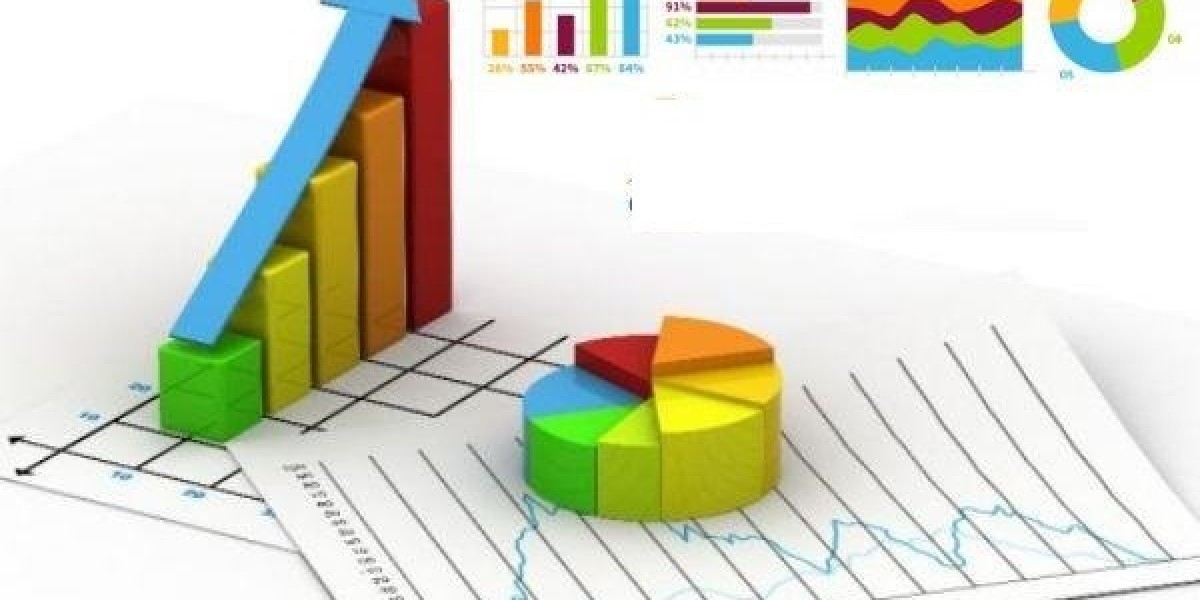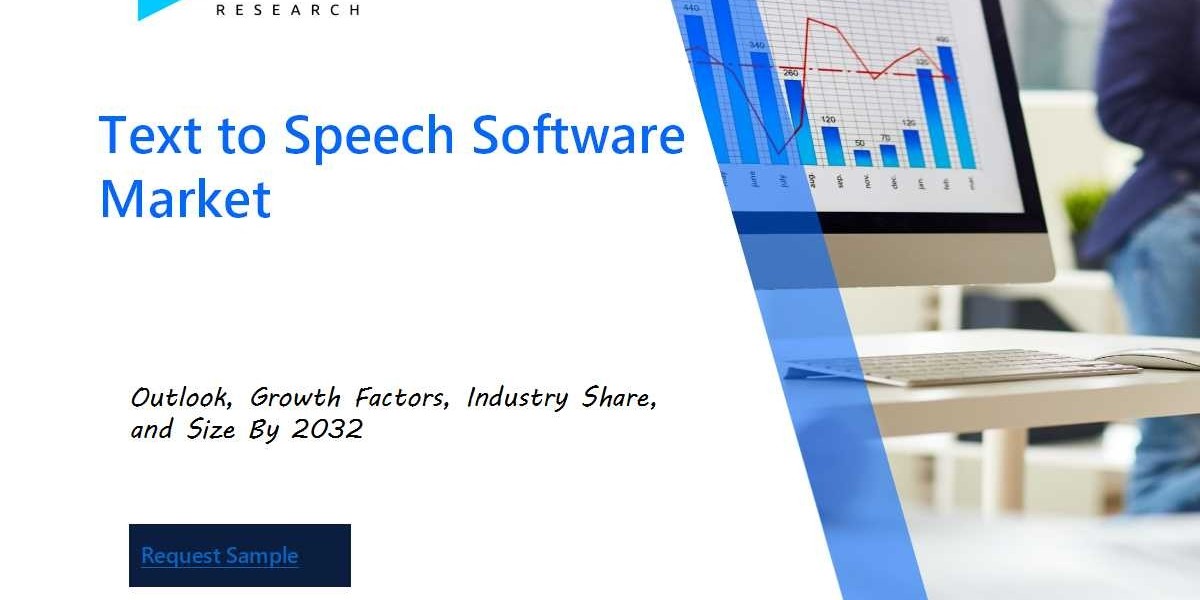Introduction:
Pharmaceutical logistics is an intricate and highly regulated segment of the supply chain, responsible for the safe, timely, and efficient movement of pharmaceutical products from manufacturers to patients. Given the sensitive nature of pharmaceuticals—many of which require strict temperature control, secure handling, and adherence to global regulations—logistics in this industry is more than just transportation; it is a critical component of ensuring patient safety and drug efficacy. In this article, I will explore the unique challenges, key components, and evolving trends in pharmaceutical logistics, highlighting its vital role in the healthcare ecosystem.
More Info : https://www.econmarketresearch.com/industry-report/pharmaceutical-logistics-market/
The Complexity of Pharmaceutical Logistics:
The pharmaceutical supply chain is one of the most complex and regulated in the world. Pharmaceuticals are often temperature-sensitive, have short shelf lives, and are subject to strict regulatory oversight. Additionally, they must be transported across borders, sometimes to remote locations, all while maintaining their integrity. These factors create immense logistical challenges that require specialized solutions.
Key Components of Pharmaceutical Logistics:
Several core components form the backbone of effective pharmaceutical logistics, each critical in ensuring that products reach their destination safely and on time.
· Cold Chain Logistics:
Many pharmaceutical products, including vaccines, biologics, and insulin, are highly temperature-sensitive and require cold chain logistics. Cold chain refers to a temperature-controlled supply chain that involves specialized packaging, storage, and transportation solutions. Maintaining the appropriate temperature throughout the journey—from manufacturing facilities to distribution centers, and finally, to healthcare providers or patients—is crucial to preserving the efficacy of these drugs.
Breaks in the cold chain can lead to temperature excursions, which can render medications ineffective or unsafe. To prevent such occurrences, pharmaceutical logistics providers use advanced monitoring technologies, such as real-time temperature trackers and data loggers, to ensure products remain within the required temperature range. These tools enable timely interventions in case of deviations, safeguarding both the product and the patient.
· Regulatory Compliance:
The pharmaceutical industry is heavily regulated, with stringent guidelines set by agencies like the U.S. Food and Drug Administration (FDA), European Medicines Agency (EMA), and other national bodies. Pharmaceutical logistics providers must comply with Good Distribution Practices (GDP) and Good Manufacturing Practices (GMP) to ensure that the handling, storage, and transportation of drugs meet these standards.
Compliance is particularly critical when it comes to cross-border shipping, where variations in regulatory requirements, customs procedures, and documentation can complicate logistics operations. Failure to adhere to regulatory requirements can lead to delays, product recalls, and hefty fines, which is why having an in-depth understanding of global regulatory frameworks is essential in pharmaceutical logistics.
· Security and Anti-Counterfeiting Measures:
Pharmaceuticals, especially high-value and specialty drugs, are often targeted for theft and counterfeiting. Ensuring the security of pharmaceutical shipments is paramount to maintaining product integrity and protecting patients. Logistics providers employ a range of security measures, including GPS tracking, tamper-evident packaging, and blockchain technology for secure and transparent tracking of products throughout the supply chain.
Counterfeit drugs present a significant risk to public health, and preventing them from entering the supply chain is a top priority. Advanced track-and-trace systems, which use unique identifiers for each product, allow stakeholders to verify the authenticity of a drug at every stage of its journey. These measures not only ensure the safety of patients but also protect the reputation of pharmaceutical companies.
· Warehousing and Distribution Centers:
Pharmaceutical warehouses and distribution centers play a pivotal role in ensuring that products are stored under appropriate conditions and distributed efficiently. These facilities must adhere to strict environmental controls, including temperature, humidity, and cleanliness, to prevent contamination or degradation of products. Many logistics providers also offer value-added services, such as labeling, repackaging, and quality checks, to ensure that products are compliant with local regulations before reaching the market.
Strategic location of these warehouses, often near key transportation hubs, is essential for minimizing lead times and reducing the risk of temperature excursions. As e-commerce and direct-to-patient deliveries become more common in the pharmaceutical industry, the role of regional distribution centers in ensuring fast, secure delivery to end-users is growing.
Challenges in Pharmaceutical Logistics:
Despite the advancements in technology and processes, pharmaceutical logistics faces several challenges that need to be addressed to ensure the efficient and safe delivery of medicines.
· Global Supply Chain Disruptions:
The COVID-19 pandemic highlighted the vulnerabilities in global supply chains, with lockdowns, transportation restrictions, and increased demand for certain medications causing significant disruptions. Pharmaceutical logistics providers must develop resilient supply chains capable of withstanding such shocks. This includes diversifying supply sources, creating contingency plans, and leveraging digital tools for greater supply chain visibility.
· Rising Costs and Pressure on Margins:
The high cost of compliance, specialized packaging, temperature-controlled logistics, and security measures can put pressure on margins for logistics providers. Balancing the need for high-quality, compliant logistics with cost-effectiveness is an ongoing challenge. The use of advanced technologies, such as automation and AI-driven optimization, can help mitigate some of these costs by improving efficiency and reducing manual errors.
Contact Info
Phone Number: +1 812 506 4440
Email : sales@econmarketresearch.com













